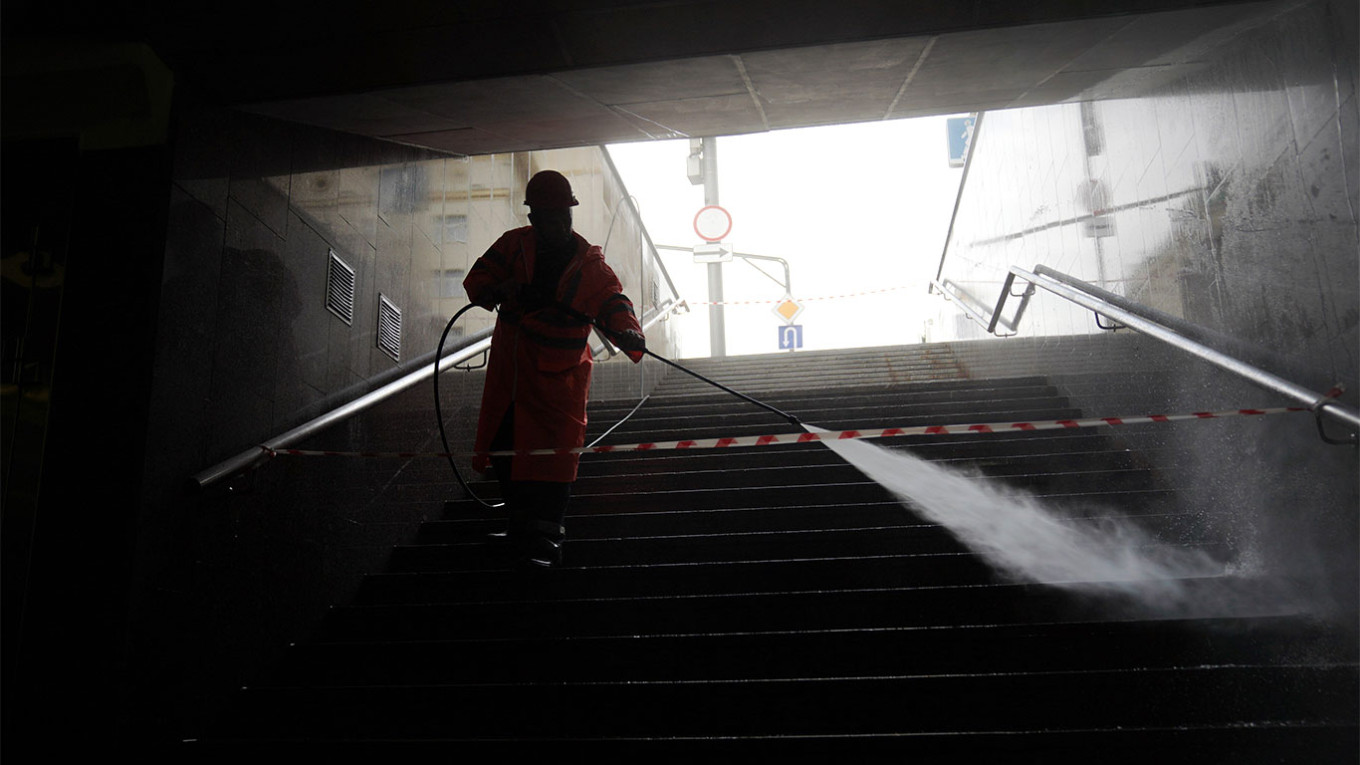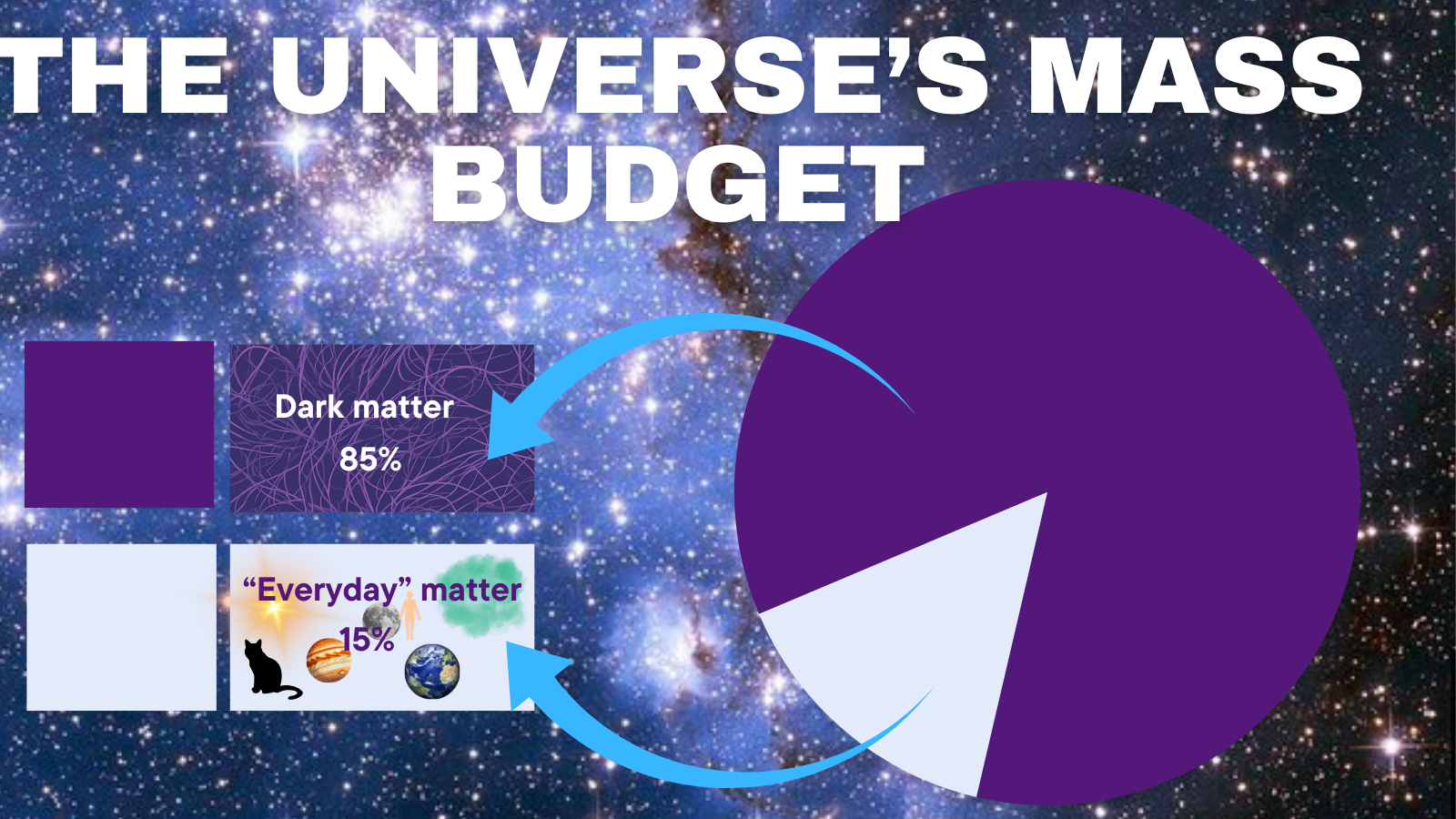In recent months, the value of the Russian ruble has declined to record lows after the invasion. This has sparked discussions about the possibility of millions of Central Asian labor migrants leaving Russia. News channels have been filled with stories about how the falling ruble has decreased the value of their salaries and the amount they can send back home to countries like Uzbekistan, Tajikistan, and Kyrgyzstan. Bakhrom Islamov, head of the Uzbekistan diaspora association in Moscow, conducted a poll in August which found that half of the 20,000 Uzbek workers surveyed were considering leaving Russia after the ruble fell to 100 against the US dollar.
Central Asian workers make up a substantial part of the Russian economy, filling roles in various sectors such as couriers, taxi drivers, construction workers, and fruit pickers. The potential exodus of these workers would greatly impact the country and exacerbate the existing labor shortage in Russia’s economy. Since the Kremlin called up more than 300,000 young men to fight in Ukraine and redirected funds to military production, non-military sectors have faced significant labor shortages. A recent survey by the Gaidar Institute revealed that 42% of companies reported labor shortages, the highest ever recorded since 1996. Additionally, Russia’s construction industry is facing a deficit of 200,000 workers.
Long-term demographic issues in Russia also highlight the need for migrants. Experts estimate that the country needs between 400,000 to 1.1 million migrants annually to maintain a stable working-age population. However, determining the impact of the currency crisis on the migration of labor migrants is difficult due to limited reliable migration statistics. Existing figures only account for entry and exit data collected by the border service, making it challenging to differentiate between different types of crossings and return trips. Furthermore, comparisons with previous years are distorted due to travel restrictions and visa amnesties related to the pandemic.

Pelagia Tikhonova / Moskva News Agency
Official estimates state that there are slightly above 3 million labor migrants in Russia, accounting for about 4-5% of the entire workforce. However, the true number is likely much higher due to illegal immigration and off-the-books employment in low-wage sectors. Additionally, many labor migrants have acquired citizenship or permanent residence in recent years. While reports of a mass exodus are likely exaggerated, some skilled workers, approximately 5-7%, may have left as a result of the weaker ruble.
The potential mass exodus is mitigated by the fact that conditions in Central Asia are still worse than in Russia. Unskilled workers predominantly choose to move to Russia since there are limited opportunities in their home countries. The high cost of living in Central Asian capitals, such as Dushanbe, Bishkek, or Tashkent, makes Moscow a more attractive option. Those leaving Russia are mainly individuals with dual citizenship who may be drafted into Russia’s Armed Forces.
In Central Asia, there is a constant influx of young people entering the labor market, further discouraging a migration downturn. For instance, Uzbekistan alone adds 400,000 new workers each year, exceeding the domestic job market’s capacity. However, the composition of migrants moving to Russia may change, with more skilled workers like engineers and experienced construction workers seeking opportunities in other countries such as Kazakhstan, Japan, Poland, and the United Kingdom.
Recognizing the potential damage of shifting migration dynamics, some Russian officials, like Economy Minister Maxim Reshetnikov, have called for a more welcoming immigration policy. However, migrant rights groups argue that anti-migrant sentiments and strict enforcement actions by security services hinder these efforts. Instead of a short-term exodus, experts point to a declining appeal of Russia as a migrant destination, particularly for skilled workers. This constraint contributes to Russia’s long-term economic potential.
Experts warn that if the situation does not improve, Russia could lose up to 0.5 percentage points of its annual GDP. The environment in Russia has become less comfortable and more hostile towards migrants, leading to decreased migration. Independent economists estimate Russia’s long-term growth potential at around 1% per year, meaning even a mild slowdown could push the economy into negative territory. Political scientist Denis Berdakov states that people should consider leaving due to the unfavorable environment for migrants in Russia.












